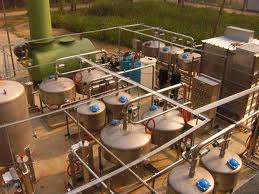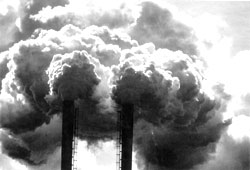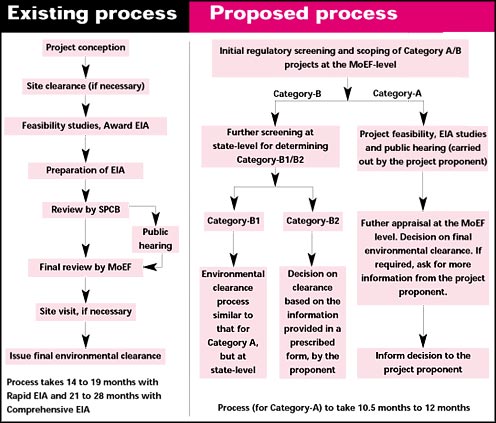Landless farmers vs industrial workers
Land Policy Is the Asom Government violating its own land policy resolutions by taking up a policy of giving settlement of Government khas agricultural and ceiling surplus lands to the industrial workers ignoring the interest of the indigenous people of the State? By our Staff Reporter GUWAHATI, Feb 21: This question has been raised by the Purbanchal Nagarik Samity (PNS), an apex body of various citizens' fora of upper Asom. The PNS is of the view that such a calculated step on the part of the State Government to deprive the indigenous agricultural workers has been motivated by its desire to appease the tea garden workers so as to get their support. Even though Asom has 69 lakh acres of agricultural land and 1.35 lakh acres of ceiling surplus land acquired till 1975, about 2.29 lakh agrarian families are completely landless and homeless, while 1.8 lakh families are with less than eight bighas of land and 2.86 lakh families are with less than five bighas of land till September, 1969. This was stated in the resolution of the Government Land Policy, 1972 published on July 21, 1972. According to the citizens' bodies, the State Government itself admitted in its policy paper in 1975 that the problem of landless cultivators was increasing day by day, while in the Government Land Policy of 1989 the Government lamented that during the last 16 years land settlement could not be given to genuine beneficiaries. Thus the Government has recommended for settlement of ceiling surplus lands to agriculturists expeditiously, they pointed out. "Although the State Government, in its 1989 Land Policy, banned the transfer of agricultural lands to non-agriculturists and industries, the Government itself has with impunity been violating its own land policy resolutions and taken up a policy of allotting Government khas agricultural and ceiling surplus lands to the industrial labourers since 2001,' the PNS resolution said. It also said that to expedite such settlement of land, the Government had also formed high-power committees in each district in March, 2007. "However, the poor indigenous agriculturists are left at the mercy of God even during calamities, with more than two lakh families being landless and homeless, and their number increasing every passing day,' said the resolution adopted at a meeting of the PNS in Dibrugarh. Though the land policy of 1968 itself declared a ban on transfer of agricultural lands to non-agriculturists, which was also repeated in the Land Policy Document of 1972, the Government officials have started issuing circulars to allot land to ex-tea garden workers, said Ajoy Baruah, joint secretary of the PNS and general secretary of the Dibrugarh Nagarik Sangha, while talking to The Sentinel. In this regard, Baruah pointed out the land policy adopted by the State Government in 1989 (published in the Assam Gazette on August 23, 1989), where it has been clearly stated: "All allotment of land for ordinary cultivation will be made with the indigenous landless cultivators, that is the persons who actually cultivate the land themselves.' The PNS further said the industrial labourers, who are neither contributors nor beneficiaries, and not residents of revenue villages, have been injudiciously included in the Panchayati Raj system. The PNS is of the opinion that such a step has further complicated the very concept of the Panchayati Raj. The apex body of the upper Asom citizens' fora, in an initiative to mobilize public opinion against the alleged injudicious policy adopted by the State Government, has taken a move to hold a State-level convention in association with the Asom Jatiya Mahasabha and the Senior Citizens' Council of Guwahati.










